How Much Can You Save by Growing Your Own Produce?
Lower the cost of your grocery shop by growing fruit and vegetables at home. Read our guide to find out which are the best value and how to grow them.
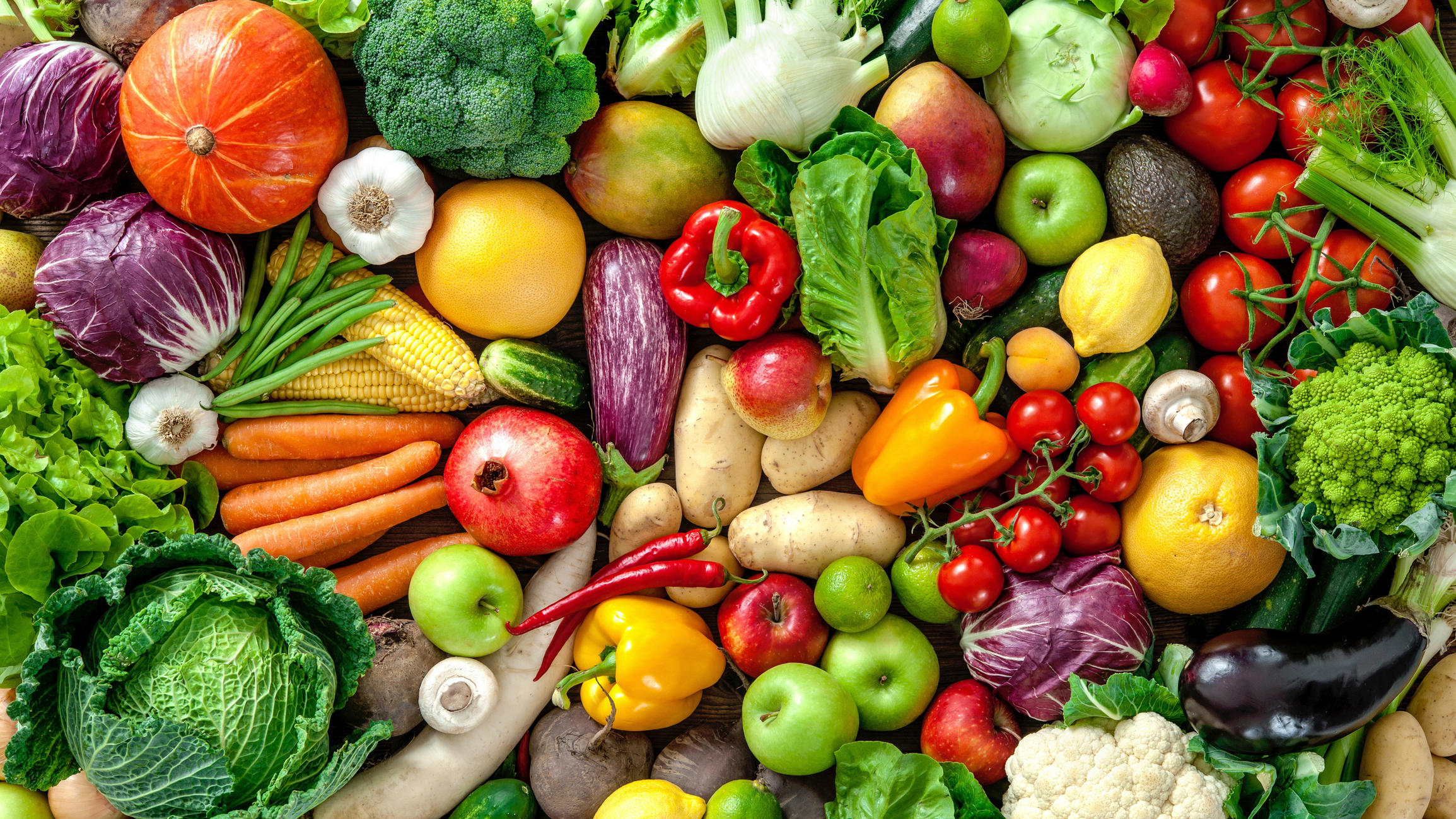

The cost of food shopping has got a lot more expensive this year, and that's been hard to ignore. Cost of living food insights from the Office for National Statistics state:
“The price of food and non-alcoholic beverages rose by 17.4% in the year to June 2023. This was down from 18.4% in May and from a high of 19.2% in March, which was the highest annual inflation rate for over 45 years.”
These kinds of statistics are pretty shocking, and of course, looking for ways to lower food costs is something we’re all doing. We’ve already touched on a few ways you can save on your grocery shop, but in this article, we’re looking at how much you can save by embracing the world of gardening and growing your own delicious fruit and veggies at home.
First, let's look at how much it costs to buy fruit and veggies from the supermarket. Data from NimbleFins Average UK Household Cost of Food 2023 suggests that the average UK household spends around £498 on fruit and vegetables a year when shopping at supermarkets. The cost spreads at roughly £226 for fruit and £272 for vegetables - talk about getting your 5 a day!
Growing fruit and vegetables from home have become increasingly popular, not only because of the recent hike in prices, but because there have been a lot of disruptions to food supply chains, meaning not all of our favourite produce has even been available to buy at supermarkets (I’m looking at you tomatoes!)
Homegrown fruit and vegetables taste absolutely delicious and there are plenty of options for what you can grow, no matter what size garden space you’re working with. Even if you don’t have a garden, don’t let that stop you, you can still get into gardening at a local community garden. When you join a community garden you’ll be able to connect with a group of like-minded folks and embrace your green thumb. Plenty of them are dotted around the UK, so it’s worth looking into.
So how much does it cost to grow fruit and vegetables from seed compared to buying them from supermarkets?
Start-up costs
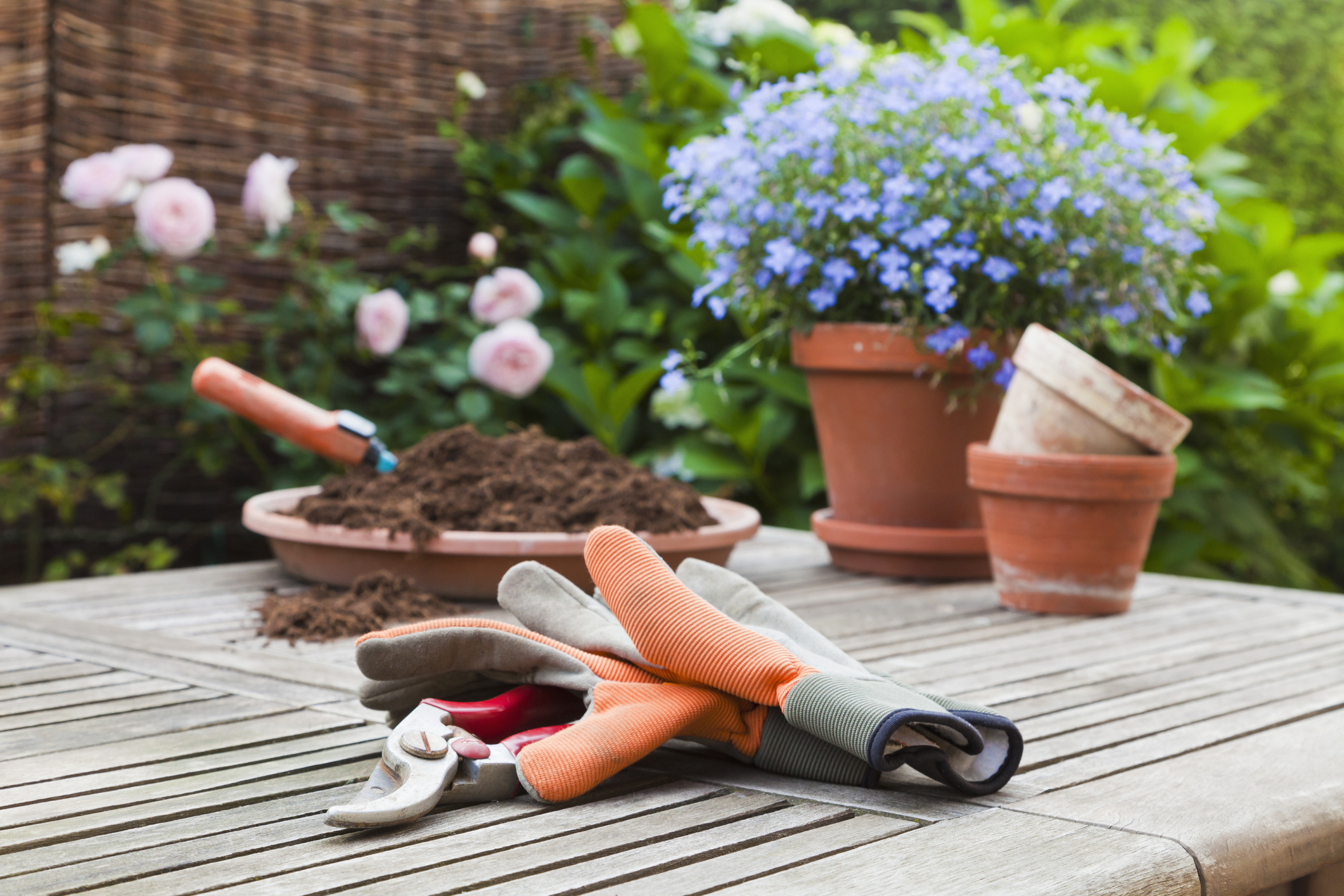
Before you begin your quest to grow your own produce, there are a few start-up costs you need to consider. To grow your own fruit and veg, you’ll need garden hand tools like a trowel, garden fork, gloves, spade and a watering can. You can get gardening tool sets from retailers like The Range and B&Q.
Depending on what you want to grow, some seeds will need to start off in pots or containers, and you might need to buy some frost-resistant materials, like a cloche, to protect the seeds that are growing over the colder months.
Finally, it’s worth investing in some compost to enrich the soil and help the seeds grow better - you’re putting in the effort to grow your own fruit and vegetables, so why not do everything you can to make them as tasty as possible?! You can buy a 50L bag of compost from around £5-£7 from retailers like Wilko and Homebase.
It’s worth noting that you can get a discount on garden items if you purchase them at certain times of the year. Looking at our best time to buy calendar, August is the cheapest month for buying garden staples because garden supplies are in less demand during the autumn and winter, so many retailers will be looking to clear their stock.
Although the start-up costs can add up, it’s worth noting that pots, containers and other garden supplies can be reused so there’s absolutely no waste, and garden tools are built to last so you should get excellent use out of them. As mentioned in the intro section, if you head to your local community garden, you might not even have to buy some of this stuff, there may be people there happy to lend you gardening tools and pots and containers.
Of course, another cost is the seed packets, but what’s great about growing your own fruit and veg from seeds is that any extra seeds can be stored away if you don’t want to plant them all in one go. Just make sure you check the packet instructions to find out how to store your seeds properly. We’ll go into the individual cost of different types of seed in more detail throughout the article.
While researching the products written in this guide, I used the supermarket price comparison website Trolley to find out how much the fruit and vegetable products cost from supermarkets and I used the gardening websites Thompson & Morgan and Suttons to look at the cost of seed packets.
What are some great value fruits & vegetables to grow at home?

Although it’s great there are loads of varieties of fruit and veggies out there, it can feel a bit overwhelming to work out what’s the best option for you to try and grow. The most important thing is to pick the ones you enjoy eating because depending on what you grow, you can get a lot of harvest from one plant!
In this guide, I’ve chosen fruit and vegetables that are low maintenance, versatile and ones that you’ll get a lot of harvest from because here at MyVoucherCodes, we’re all about getting the most out of your money.
Courgettes
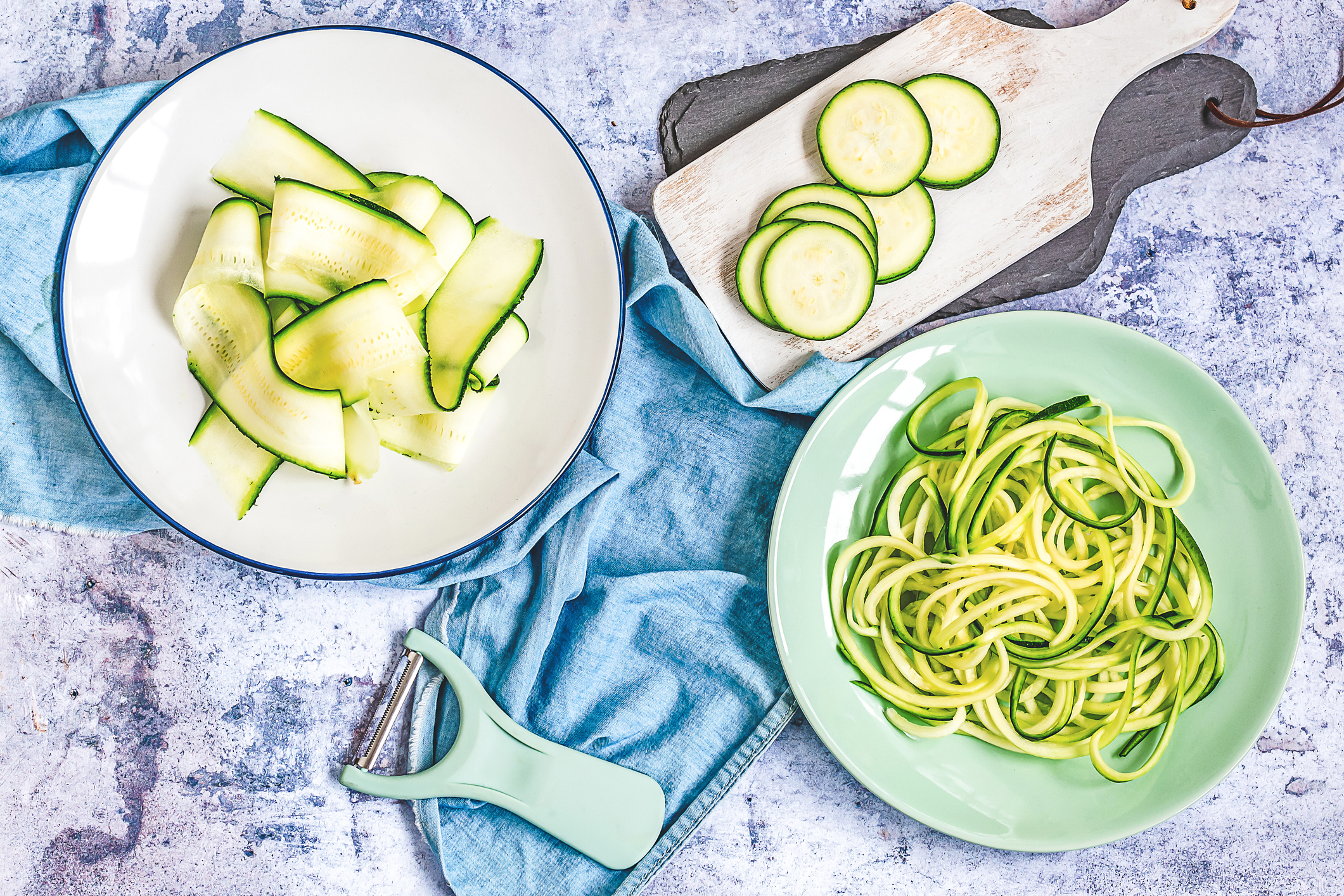
Courgettes soak up a lot of flavours when they’re cooked so they make a welcome addition to loads of meals, including tomato-based dishes, stir-fries and curries. Over the years, more creative ideas have come to light on how to eat courgettes, including courgette cakes, brownies and courgetti. You can even eat the courgette flowers if you want to make something fancy like you’d see on Masterchef!
Courgettes are pretty easy to grow and maintain. If you’re growing them in early spring, you’ll want to start growing each seed in a pot indoors before planting them outside. For later spring, they can be sowed straight outside, but bear in mind that each plant needs quite a bit of space (roughly a square metre) and it’s worth enriching the soil with some compost to help improve the quality. If you’re working with a smaller garden space, courgette seeds can also be planted and grown in a grow bag. Courgettes can be harvested for quite a long time, roughly from June to October, so you’ll have plenty of tasty courgette meals coming your way!
A pack of courgette seeds cost between £0.89-£2.99 for 5-20 seeds. 5-20 seeds might not sound like a lot, but courgettes notoriously grow very well and you can get 4-5 courgettes per week just from one plant! With this in mind, if you have a small household, it’s worth only planting 1 or 2 seeds a year and saving the rest of the packet for future years. This means you’ll get even more value out of your pack. If you planted just 1 courgette seed a year, you’d get up to 5 courgettes a week, which adds up to roughly 20 a month.
When you buy courgettes in a supermarket, 1 loose courgette costs around 56p and a pack of 3 courgettes costs between £1.39-£3.50, so when you grow your own you’ve more than made your money back just after one week!
Tomatoes
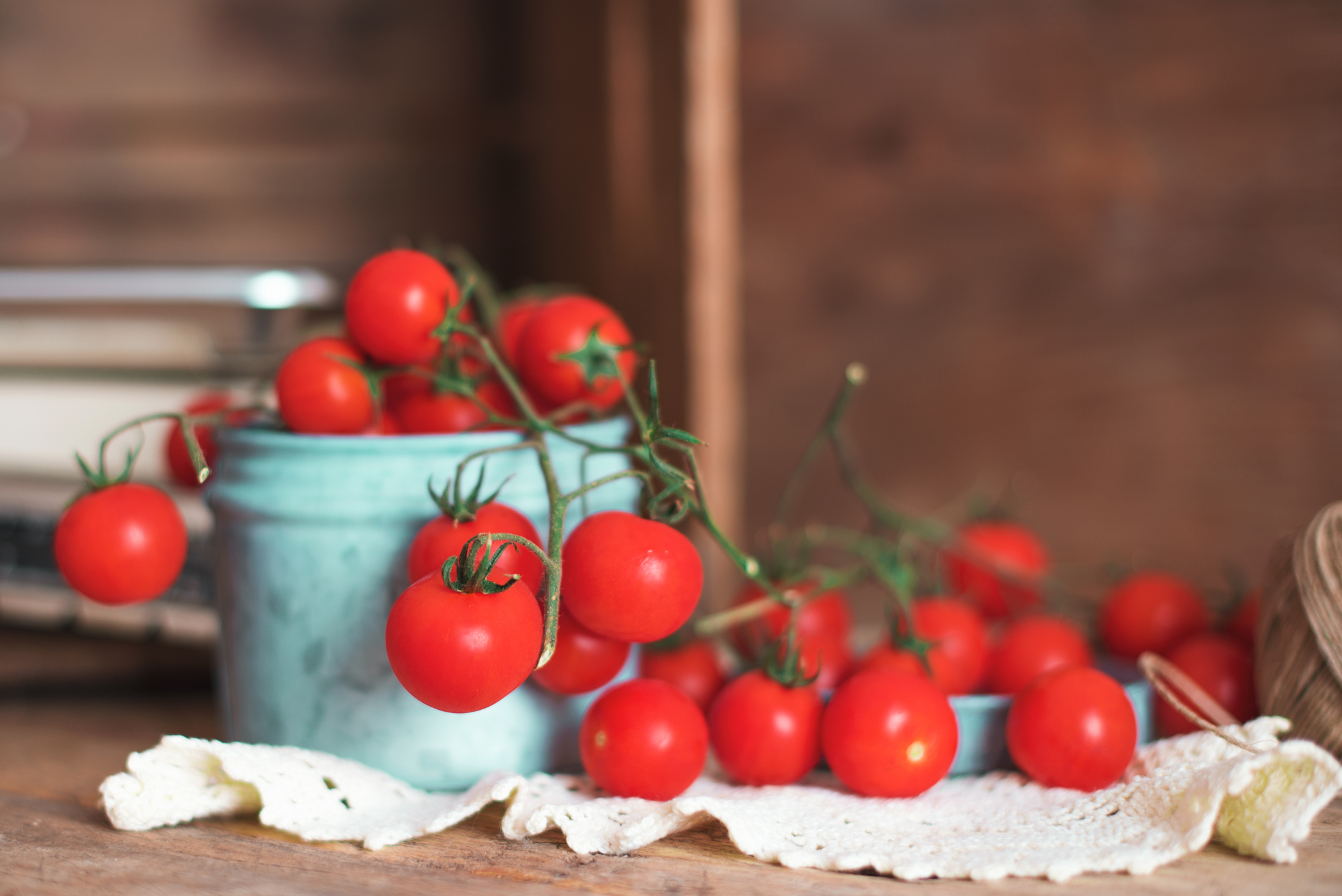
Tomatoes are a staple ingredient in most kitchens. They’re delicious raw, roasted and fried, making great additions to salads, sandwiches and fry-ups, as well as being a very versatile ingredient to use for sauce bases and curries.
It’s best to start sowing the seeds in February-March and they’ll be ready to harvest in the summer (July, August and September). There are two different ways of growing tomatoes, Corden and Bush. Corden tomatoes grow upwards and will require support to grow (like bamboo poles). Bush varieties grow shorter and wider than Corden varieties and can be grown in growing bags or pots, and take up less room. Make sure you pick the right variety for the garden space you have. It’s also worth using tomato feed each week so that you get the best harvest possible from your tomato plants.
For the seeds vs supermarket comparison, we’ll take a look specifically at cherry tomatoes. Buying a pack of 10 cherry tomato seeds costs between 89p-£4.49 depending on the type of cherry tomatoes you buy (it turns out there are quite a few varieties out there!) And depending on the variety, you can roughly get between 120-160 tomatoes per plant - not too shabby, eh?
In supermarkets, a 250g-500g packet of cherry tomatoes costs between 60p-£3.75, similarly to the seed packets, the cost varies quite a lot depending on the quality of the tomatoes. A pack of tomatoes from the supermarket costs a similar amount to a seed packet, but with supermarket tomatoes, they don’t last long and could end up being a weekly purchase whereas a tomato plant will give you roughly 3 months of harvest.
It’s also worth noting that you can also turn your tasty tomatoes into semi-dried tomatoes, which are basically sundried tomatoes but UK-style (we don’t get enough sun/heat here in the UK to sundry our tomatoes - boo!) To buy sundried tomatoes in the supermarket is pretty costly, with prices from £2.25-£3.80 so making your own is a tasty and cheaper alternative.
Strawberries
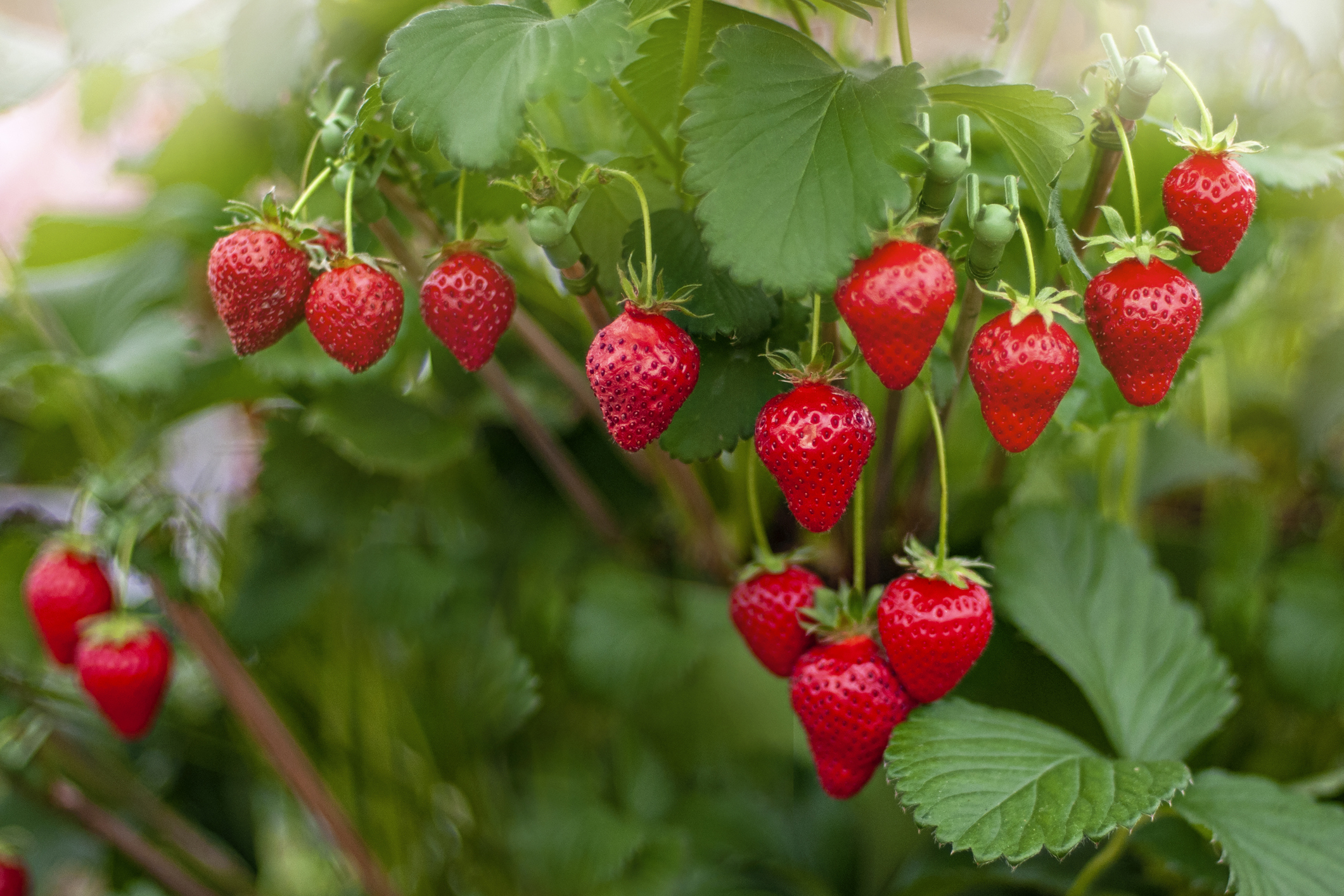
No fruit quite says ‘summer’ like the humble strawberry. Strawberries are delicious to eat on their own, but can also be a great addition to many types of puddings, salads, yoghurt and breakfast cereals. You can also make strawberry jam that you can store for a long time (and it makes a great birthday or Christmas present!)
Strawberry seeds should be sowed in the spring (March to April) and will be ready to harvest throughout the summer, with some varieties even being harvested until September. Strawberry seeds need to start in trays or small pots and then need to be moved outside in May. Strawberry plants are great for smaller gardens as they don’t take up too much space - you can even grow them in hanging baskets or in grow bags for even better space-saving. The fact they don’t take up much room means it’s nice and easy to grow more than one plant as well, increasing the number of strawberries you can pick.
A seed packet with 20-25 strawberry seeds costs around 99p-£2.99. With each strawberry plant, you can normally harvest around 20-30 strawberries. If you find you have strawberries coming out of your ears, it’s really easy to freeze strawberries, so you can save them for a later date.
An absolute bonus of strawberry plants is that they’re perennial, so they come back every year. From an average strawberry plant, you should get 3-5 years of good harvest from them, so within a strawberry plant's lifetime, you could get around 150 strawberries - that’s a lot of deliciousness coming your way for very little cost.
Strawberries are definitely one of the more expensive fruits to buy in a supermarket and looking even closer at the data from the NimbleFins article, it suggests that the average household spends almost £85 a year on berries alone (out of an average of spending £226 on fruit) so growing your own can definitely save you more than a bit of cash. The number of strawberries in a punnet you get at the supermarket varies, but a 225g-227g punnet costs between £2-£3 and a 350g bag of frozen strawberries costs between £1.99-£2.50, so as you can see from the cost of the seed packet, it’s a much cheaper option to grow your own, especially as you get more than one year harvest out of strawberry plants.
Kale
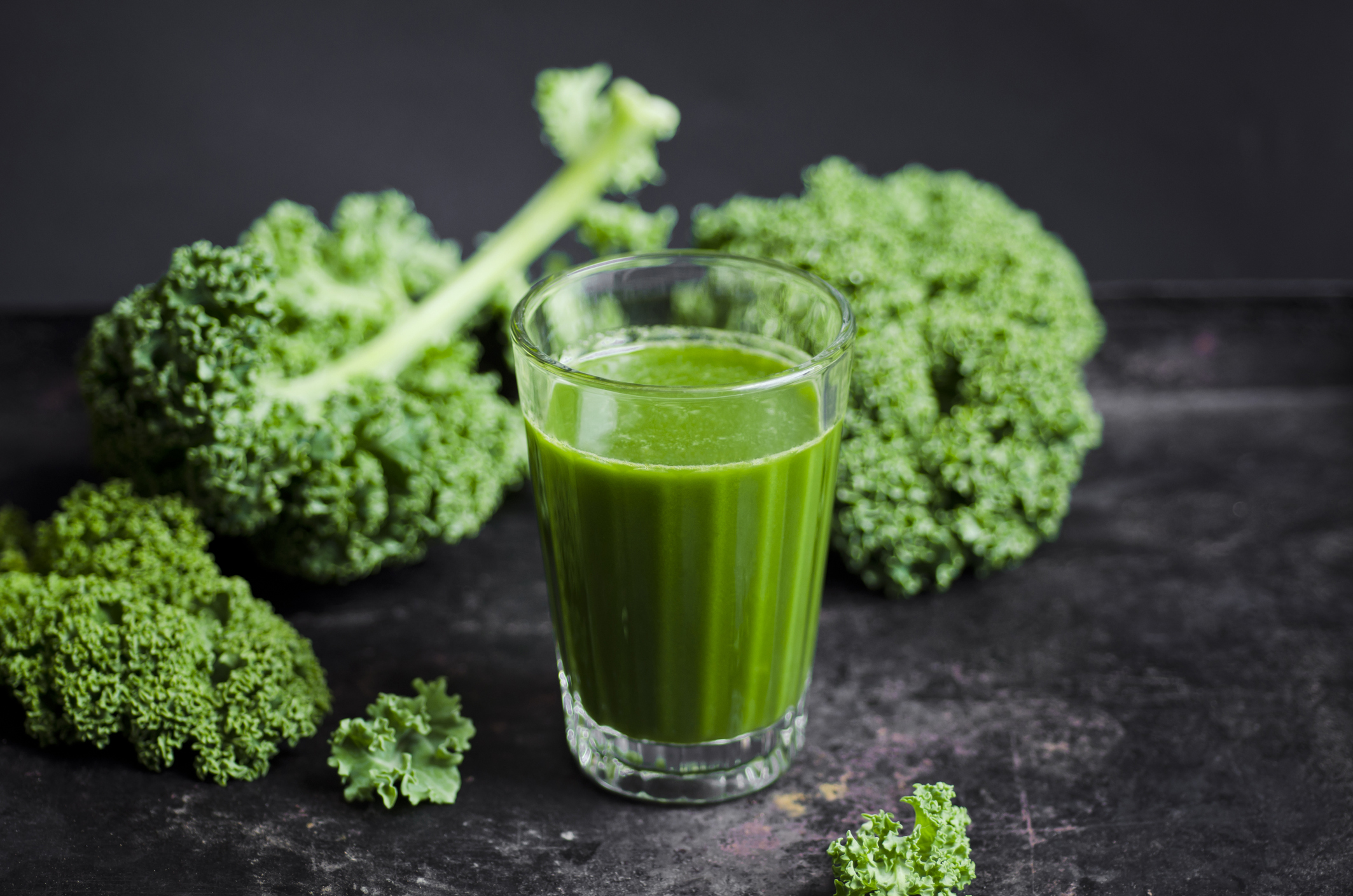
Kale has grown in popularity over recent years thanks to its amazing nutritional benefits, but a bonus is it’s also super tasty! Kale makes an excellent addition to your dinner plate and can be used in salads, smoothies, roasts, pasta dishes and stir-fries. You can even make kale crisps as a healthy and tasty snack.
Kale seeds should be sown in the spring (March, April, May or June) and can be harvested from September until March of the next year. As you can harvest kale for a long time, it’s worth enriching the soil with good-quality compost so that it lasts as long as possible. When harvesting kale, you can pick the outer leaves once they’ve matured, and you’ll have plenty to see you through its harvesting season.
Kale seeds need to either start growing in containers or in a seedbed and then they need to be moved to their permanent spot (in the sun or light shade) roughly 6-8 weeks later. Great news for anyone who doesn’t have a garden, kale can be grown indoors! Once they’re ready to be moved from their container, you can just move them to plant pots in a well-lit area.
If you were to buy kale seeds, a seed packet costs around £1-£2.99 for 100-250 seeds. As mentioned above, kale has a long harvesting time, so seeds are a great value for money. It’s worth planting a fair few at a time if you can so that you can harvest a decent amount of kale in one go. 4-5 kale plants are a good amount for one person.
Comparably, a 150g-250g bag of kale costs between 65p-£1.75 from supermarkets and can last up to about a week in the fridge. As kale wilts down when you cook it, it doesn’t take very long to get through a bag from the supermarket (you could even get through one bag a meal) so if you eat it regularly, that can be pretty costly.
Grow produce, grow savings
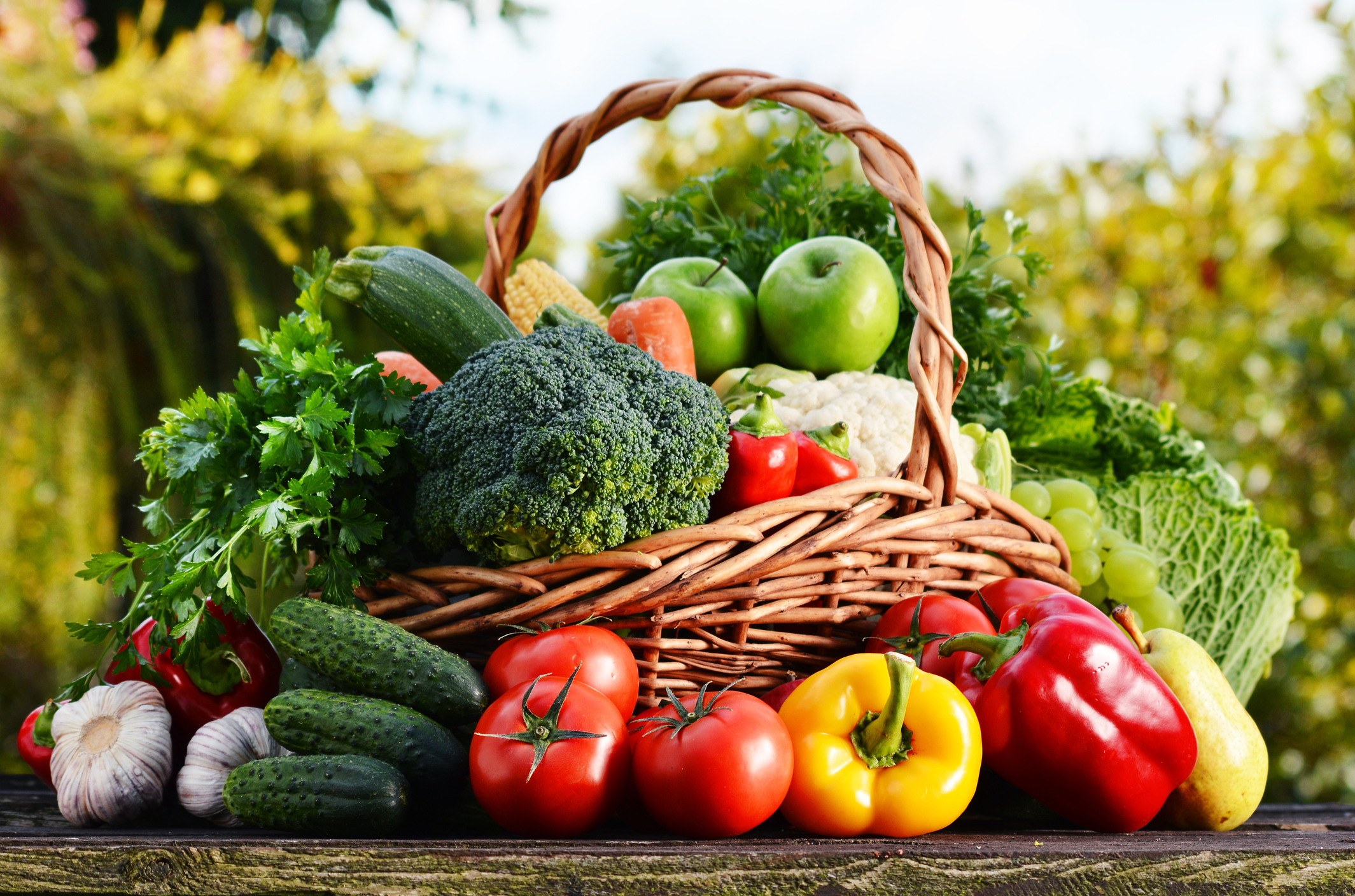
It’s clear to see that buying seed packets and growing your own produce is a whole lot cheaper, but it does require a bit of work to grow and maintain them. To get the optimal amount of savings, it’s worth trying to get a variety of produce that grows at different times of the year so that you have a continuous supply of food that will save you a bit of money each week at the supermarket.
One thing you have to consider is whether you have the time and drive to take on a homegrown fruit and veggies project because you might end up buying the tools you need but then not get much use out of them if you end up not enjoying the gardening process. To test it out, it’s probably worth starting small, maybe with 1 or 2 types of fruit or vegetables that have low start-up costs, to see whether you enjoy gardening or not. This is what I found helpful for me when I started gardening, and now that I know I enjoy it, I can now plan for bigger garden projects.
My final point is that it’s not just the cheaper cost that’s a big bonus of homegrown produce, but it’s also the taste. There’s nothing quite like the freshness and tastiness of your own homegrown goodies, so why not give it a try?

Hi, I'm Emma! I've been working at MyVoucherCodes since January 2022. Before joining the MyVoucherCodes team, I had already been working in the savings industry for a good few years so I have a lot of knowledge on how to be a savvy shopper, and I love sharing my top money-saving tips.
In my spare time, I enjoy hiking and being out in the countryside, dancing my heart out at festivals, painting, gardening and running. I also adore animals and since 2021, I've been a Website Editor and Social Media volunteer for a cat charity, writing about cats that are ready for adoption, happy rehoming stories and fundraising events.